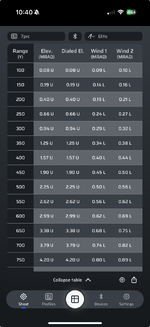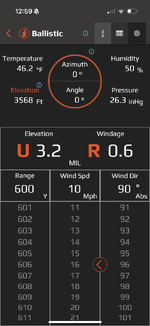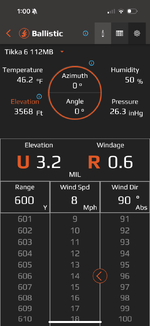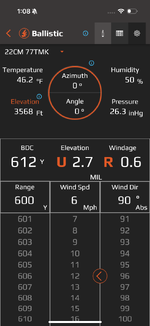I was out shooting gophers on an alfalfa field 4 evenings last week. With 6dasher 80g eldvt & 25prc(6.5) 131g clipped into tripod and revic blr10. The little buggers stand up giving a 10-20 second window to range and get a 120-450yrd shot off, follow up shots are not an option.
None of this is scientific or documented but the 2 gusty evenings hit rates with the 25prc were high compared to the 6dasher. On a highly populated knoll at about 270yrds the gusty winds made it nearly impossible to hit with the 6d while the 25prc managed to hit ~1in3. The prc seemed to carry enough "knock down" power also

On the last evening with calm conditions the 6dasher seemed to have a small advantage, especially with spotting impacts and suppressor mirage.






